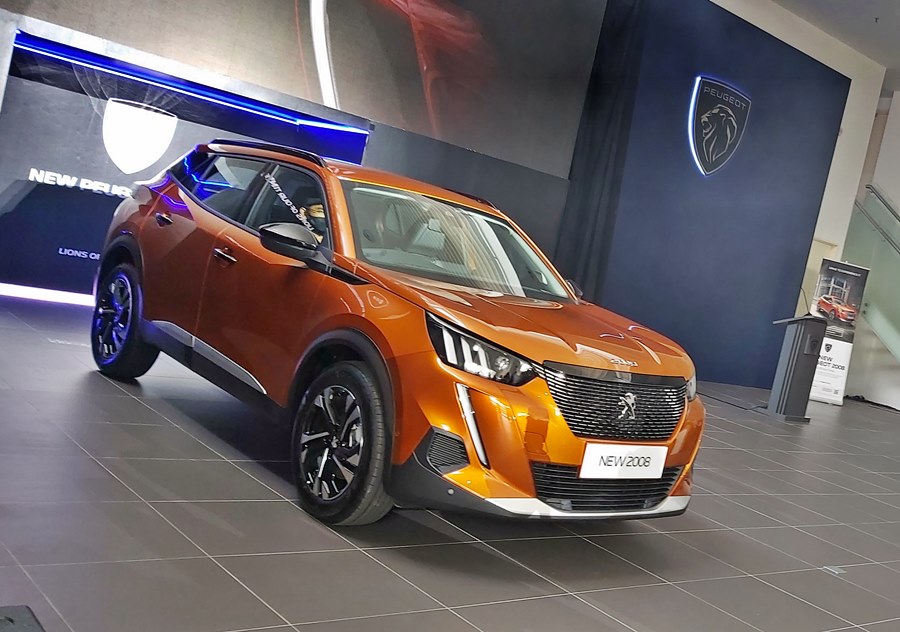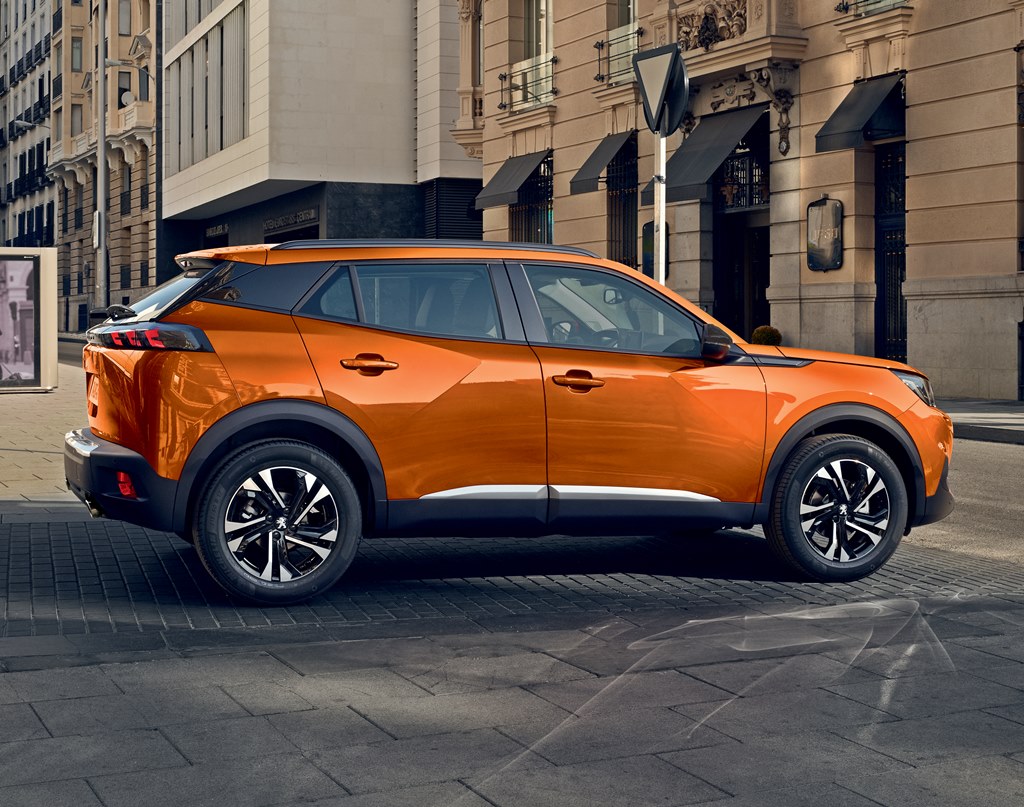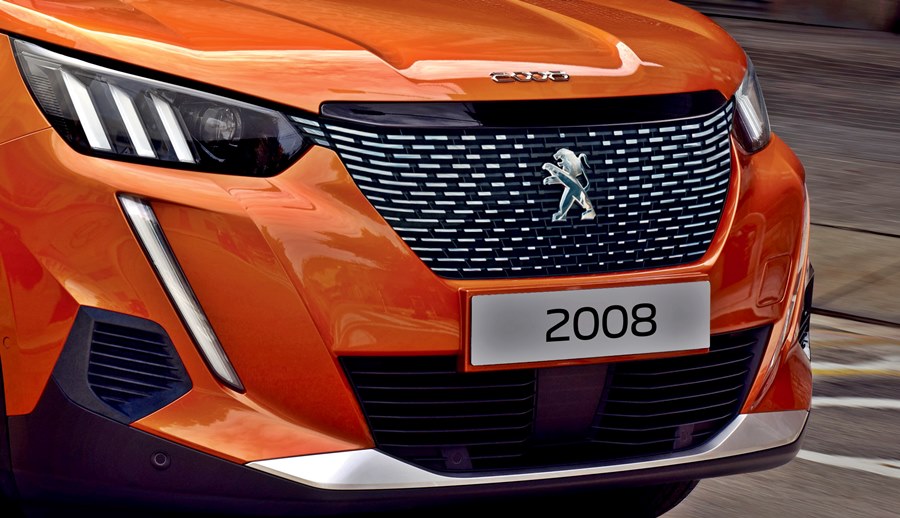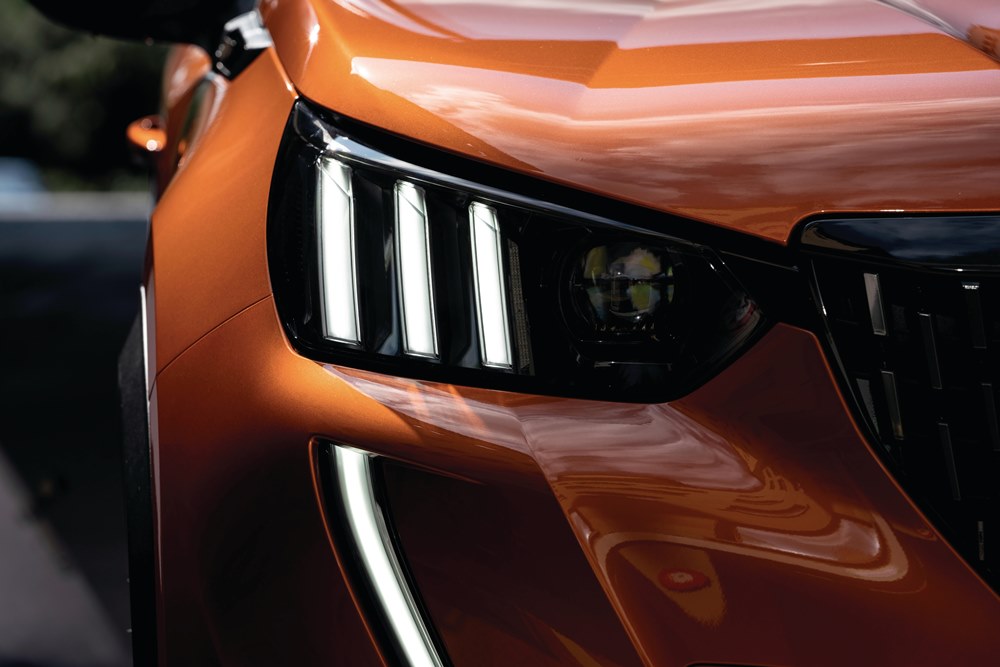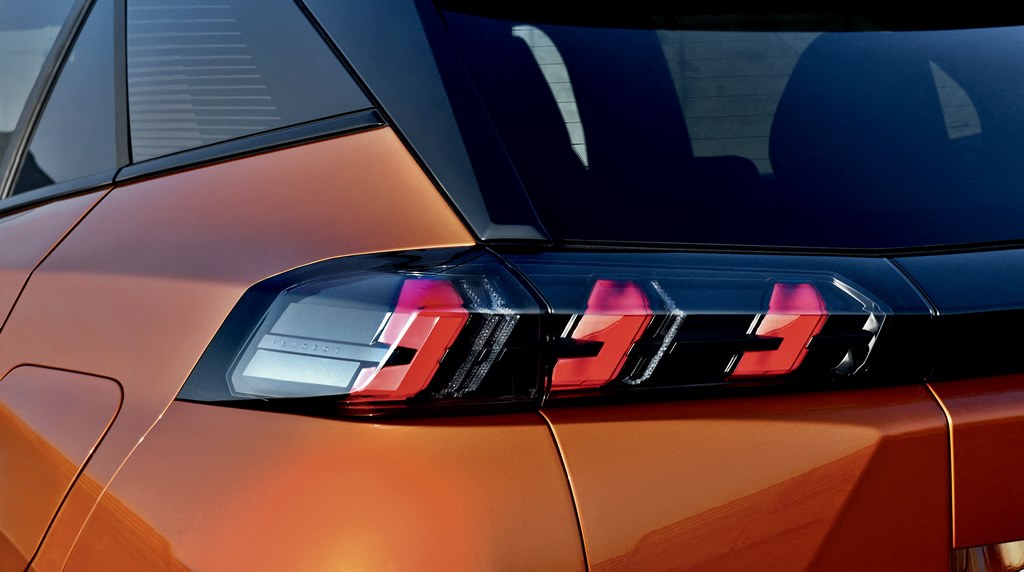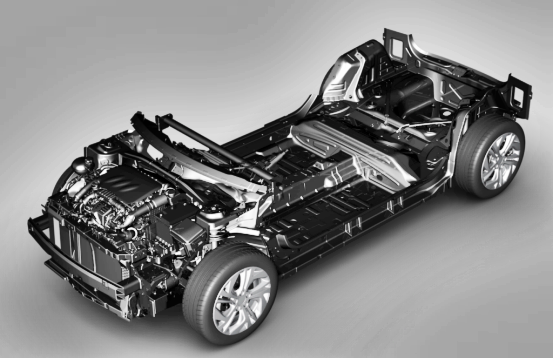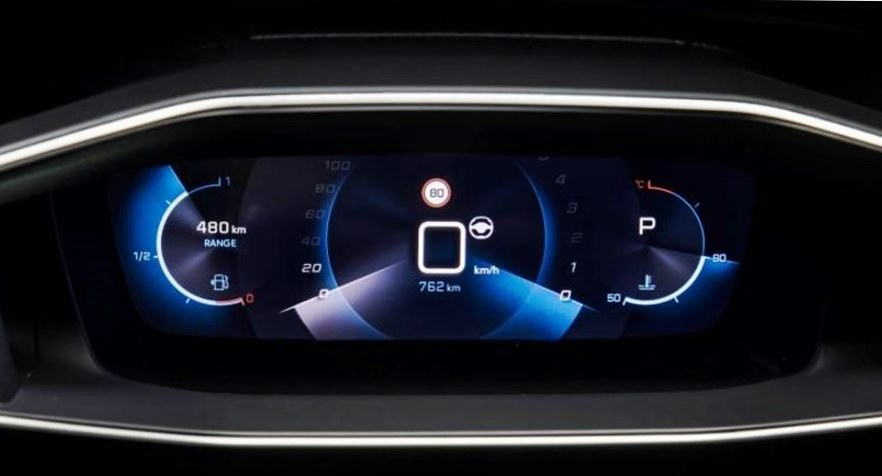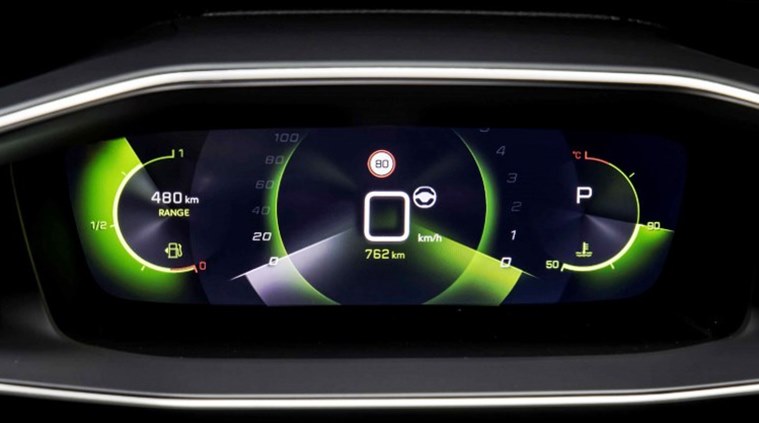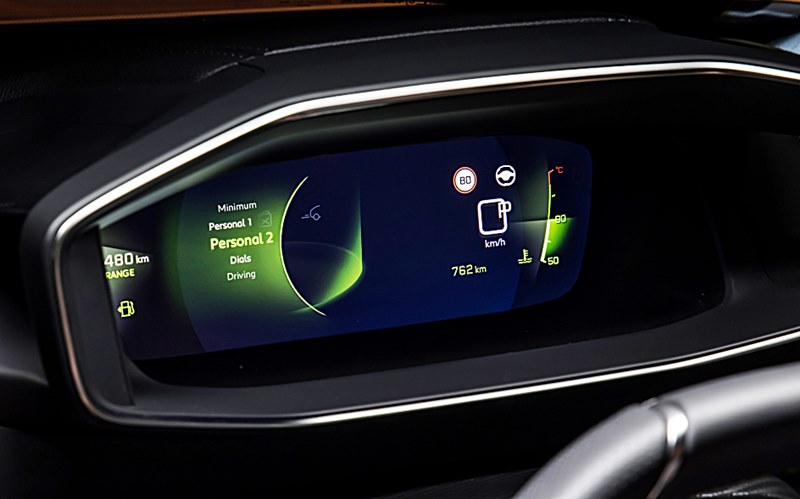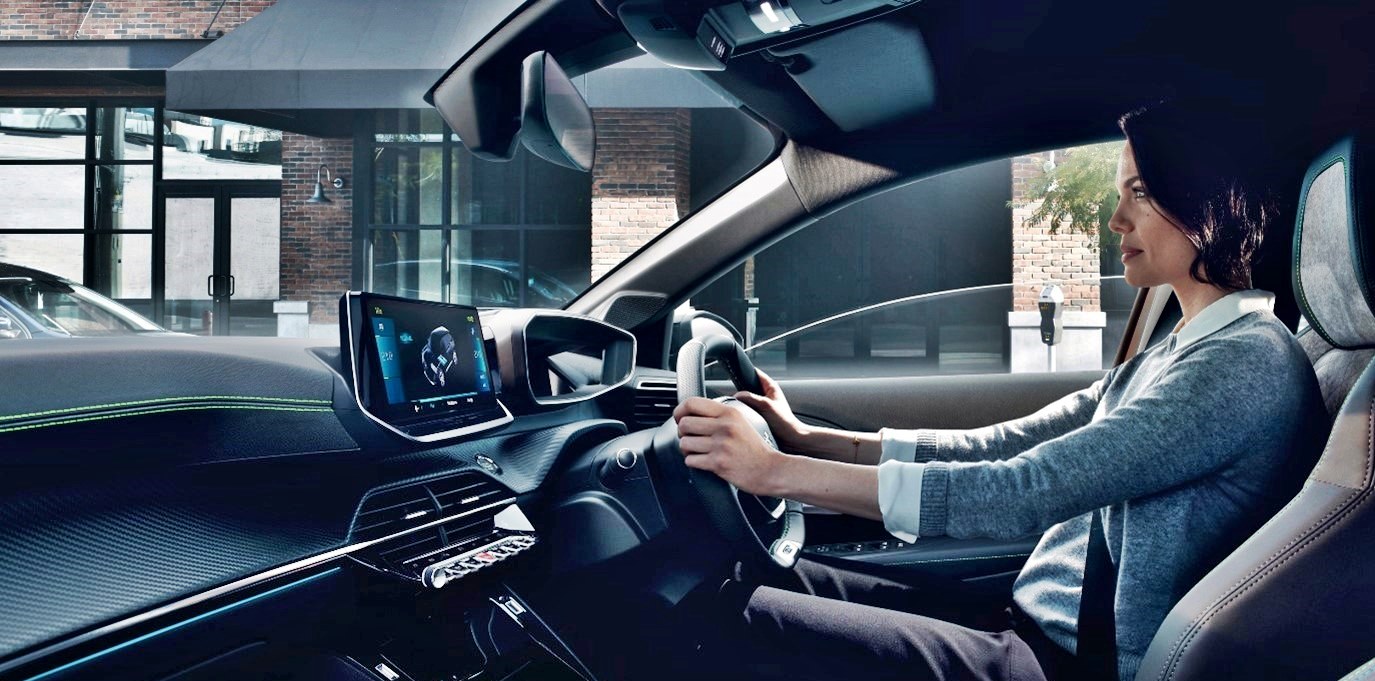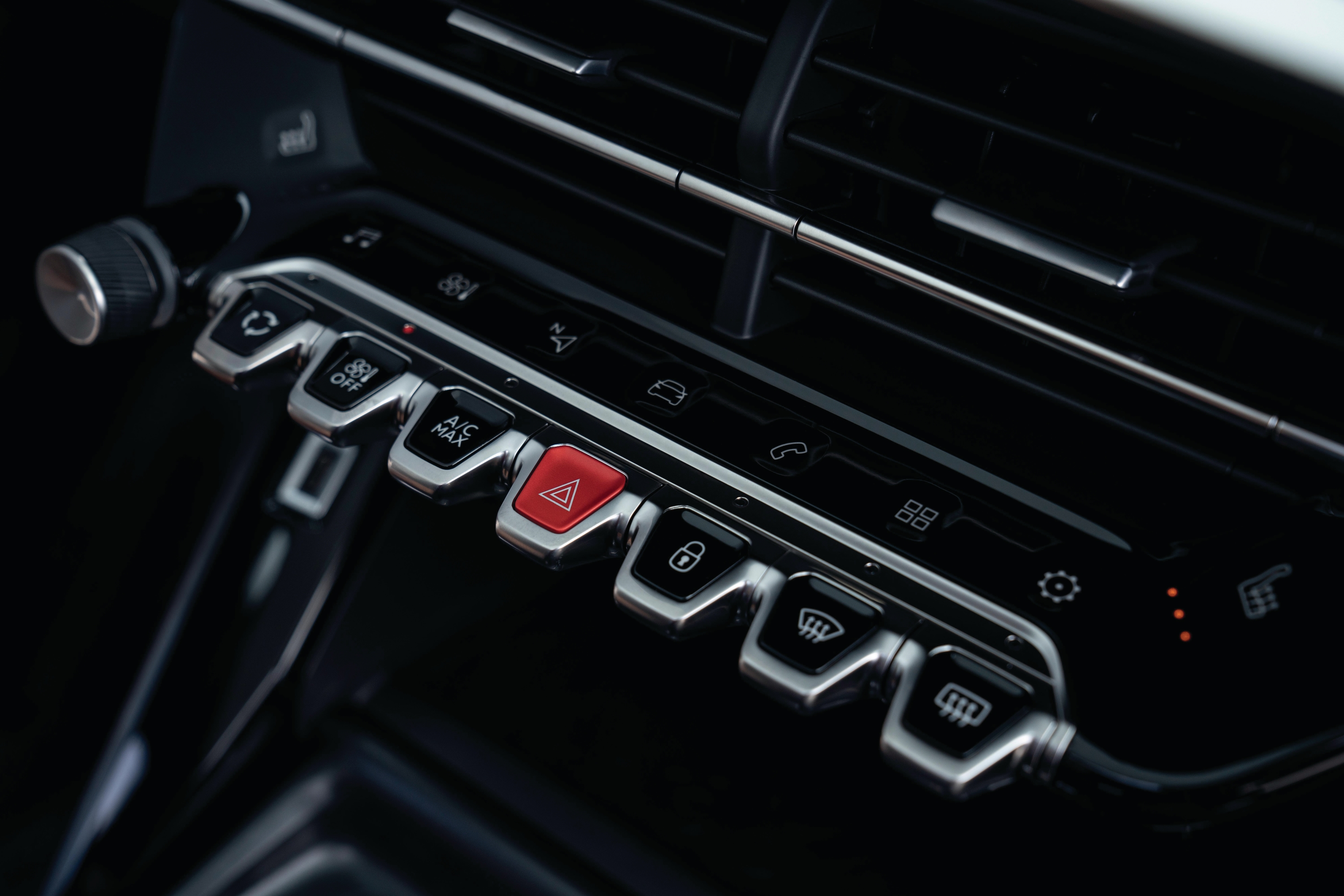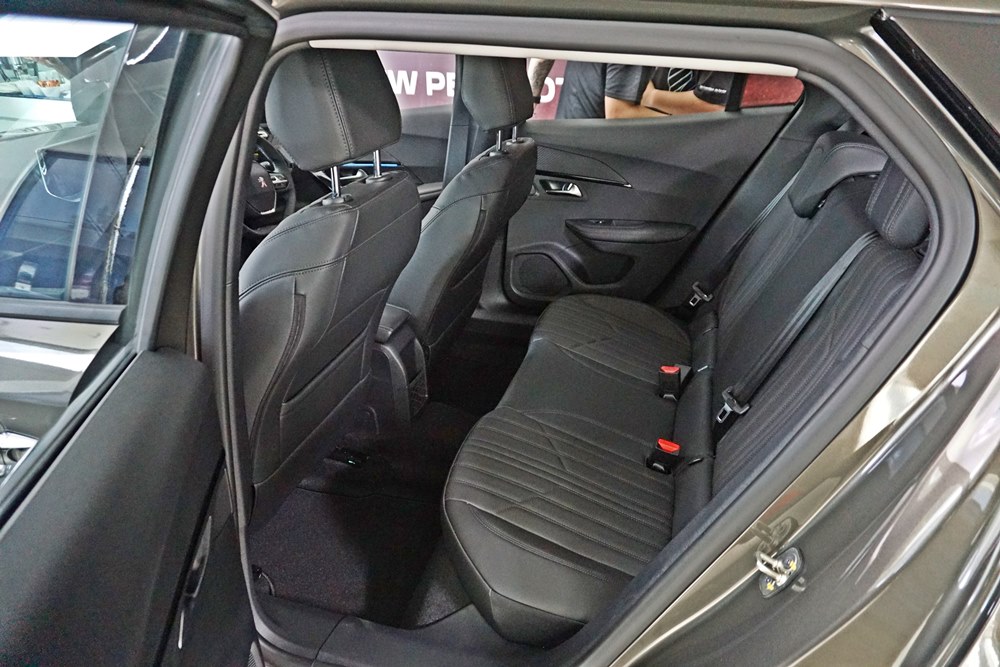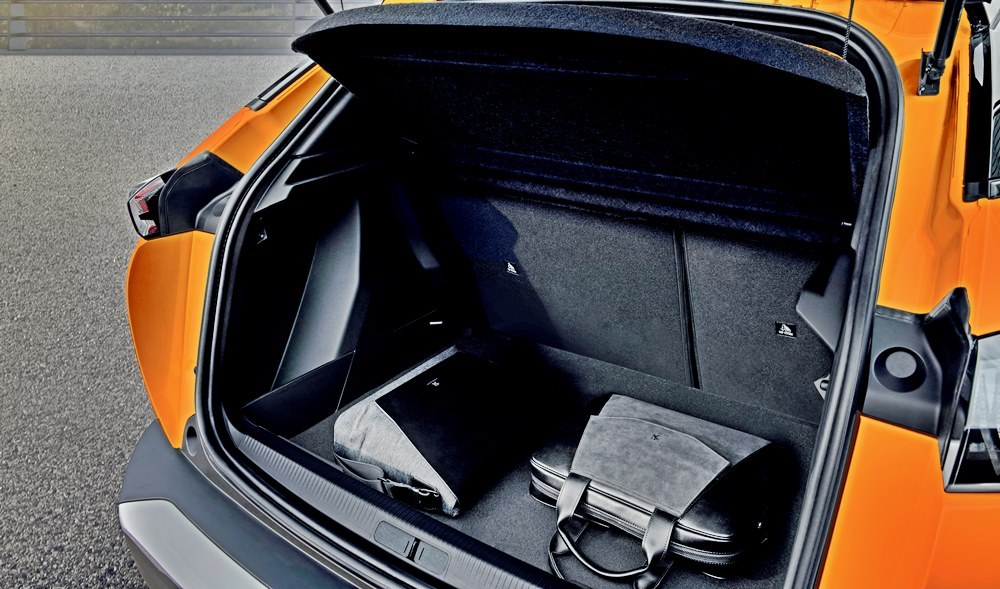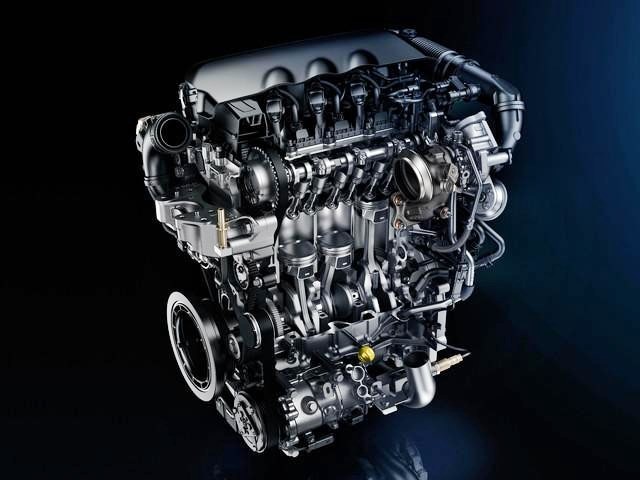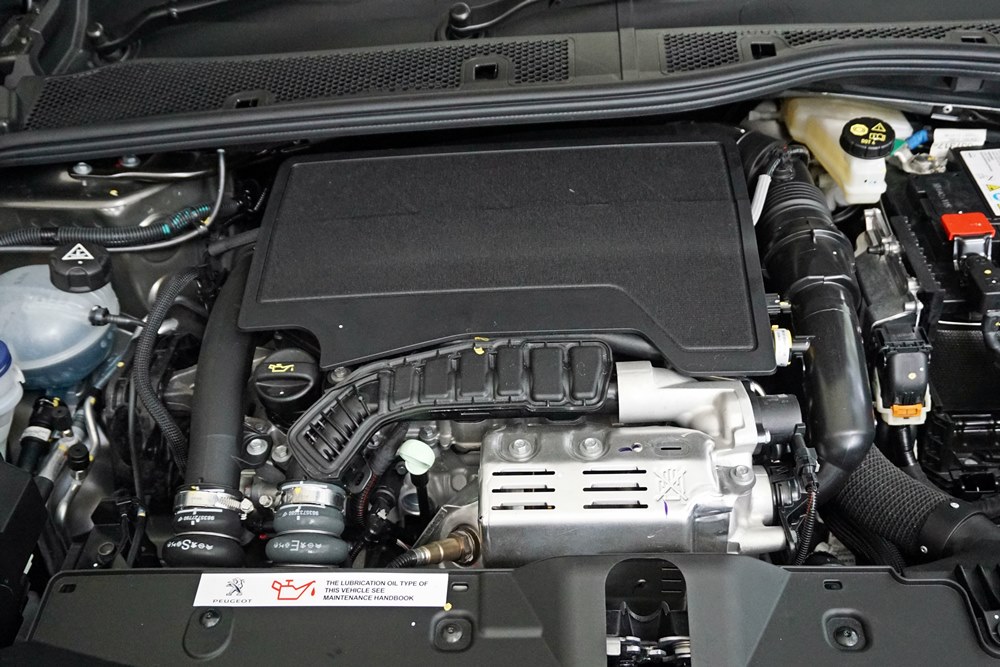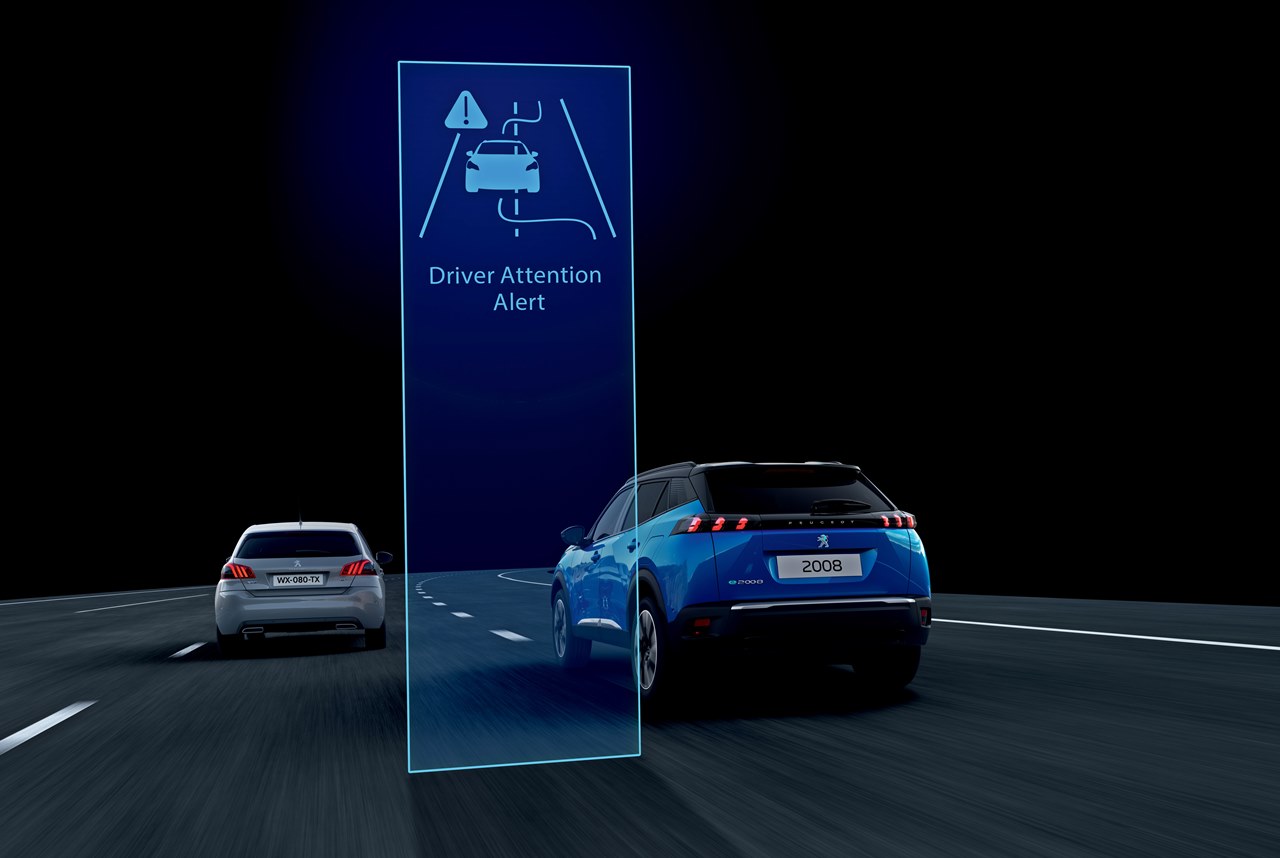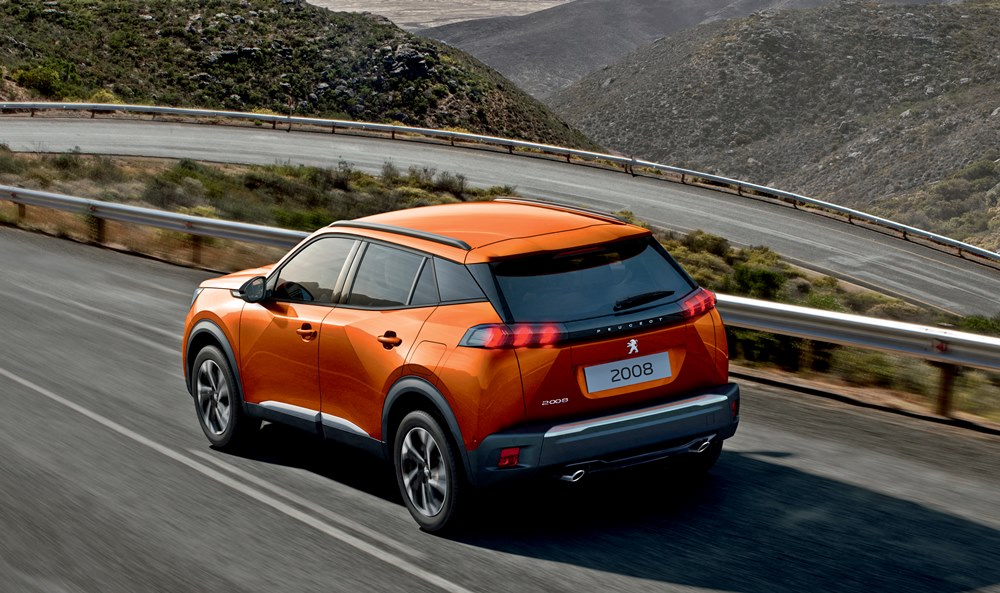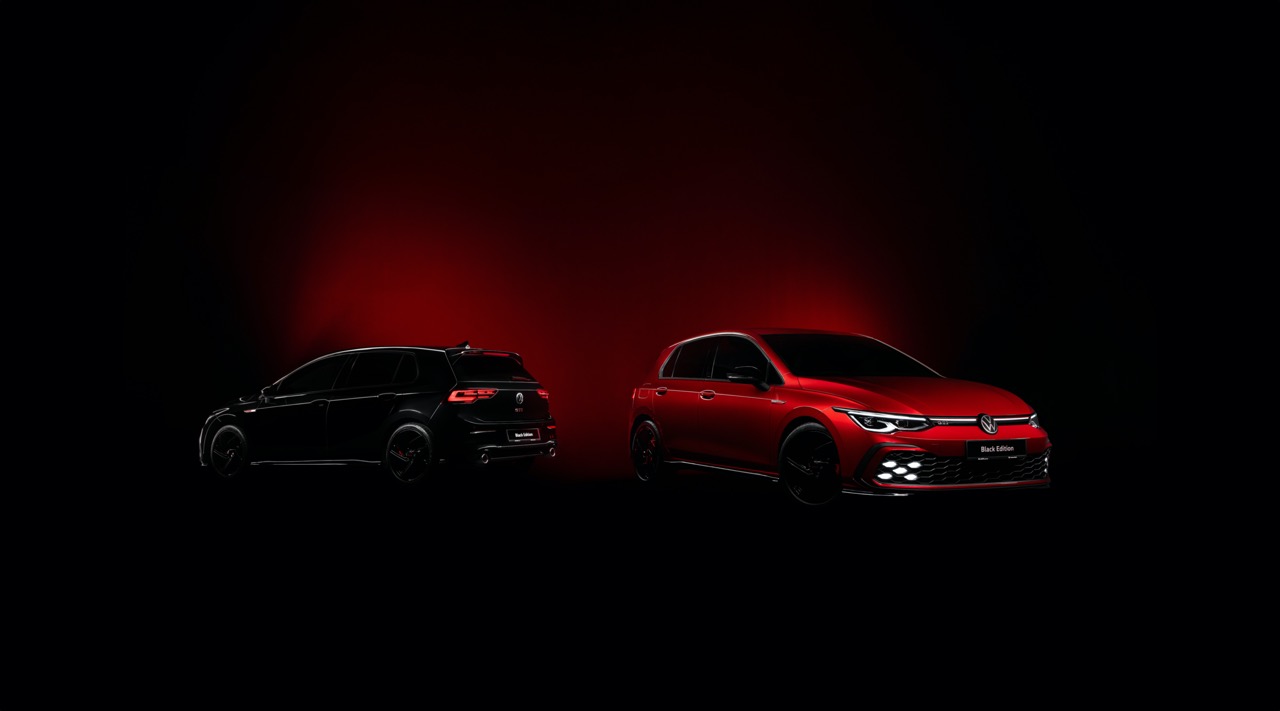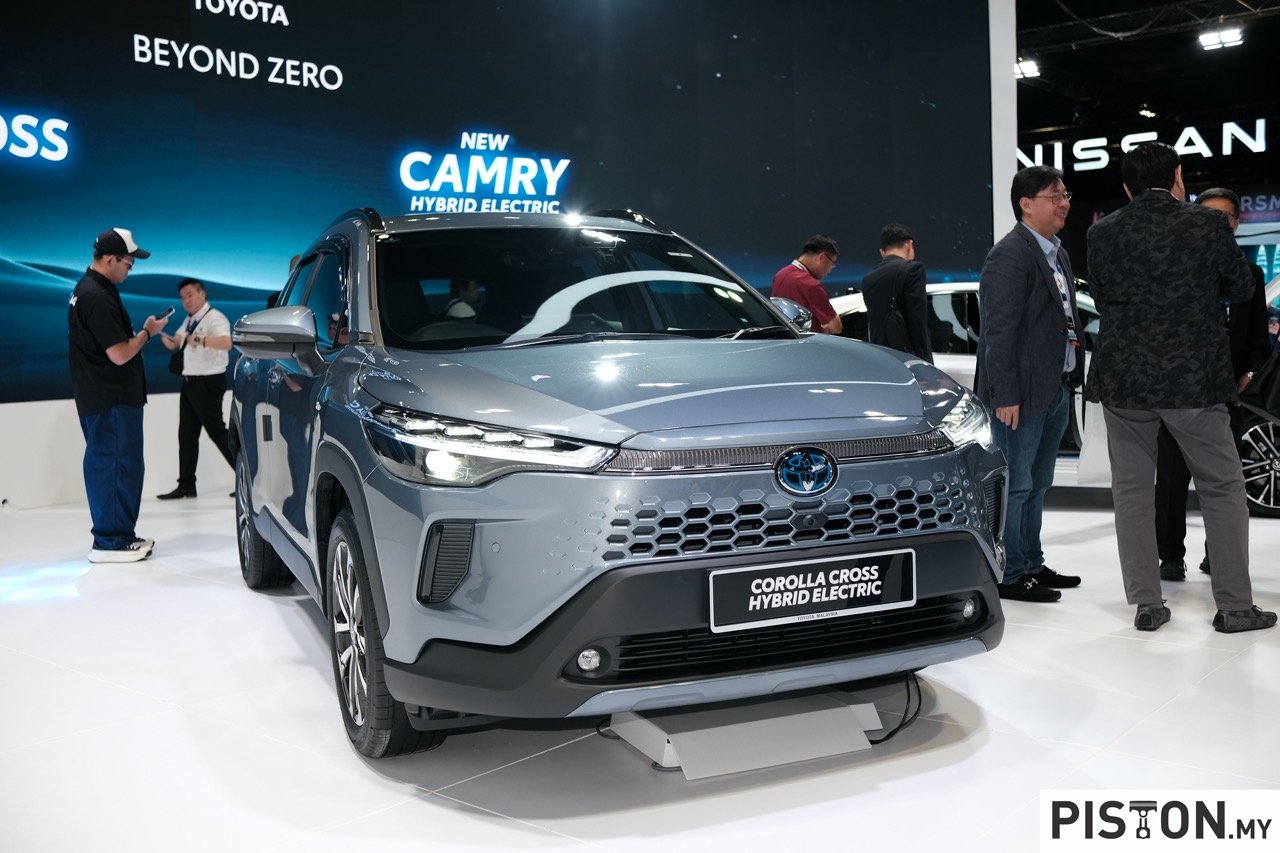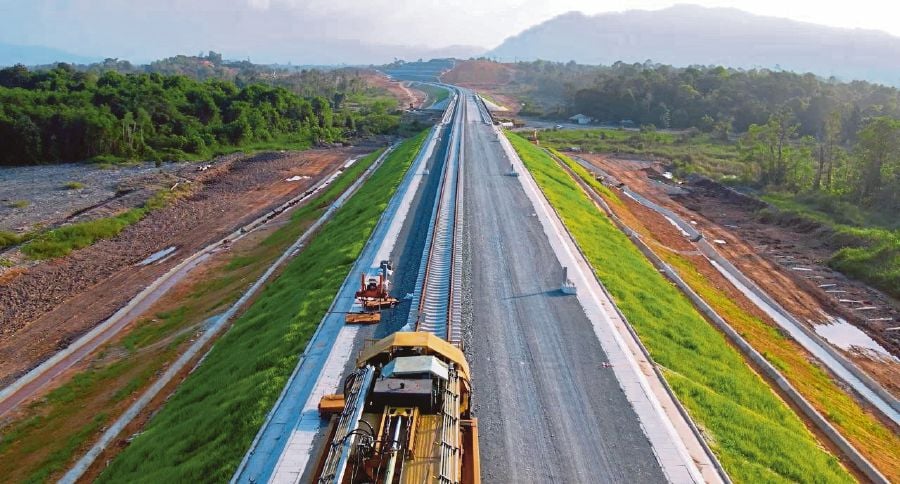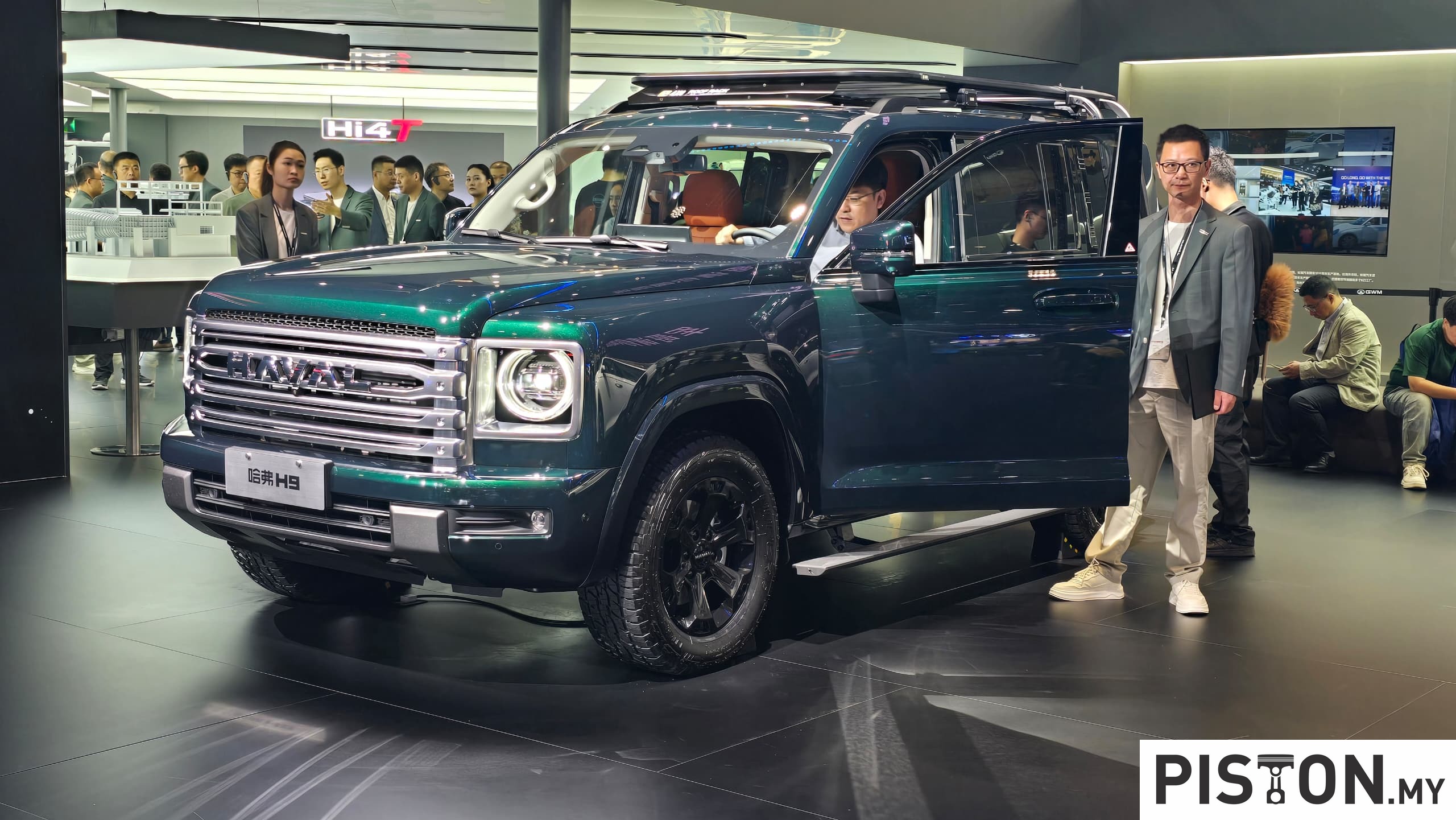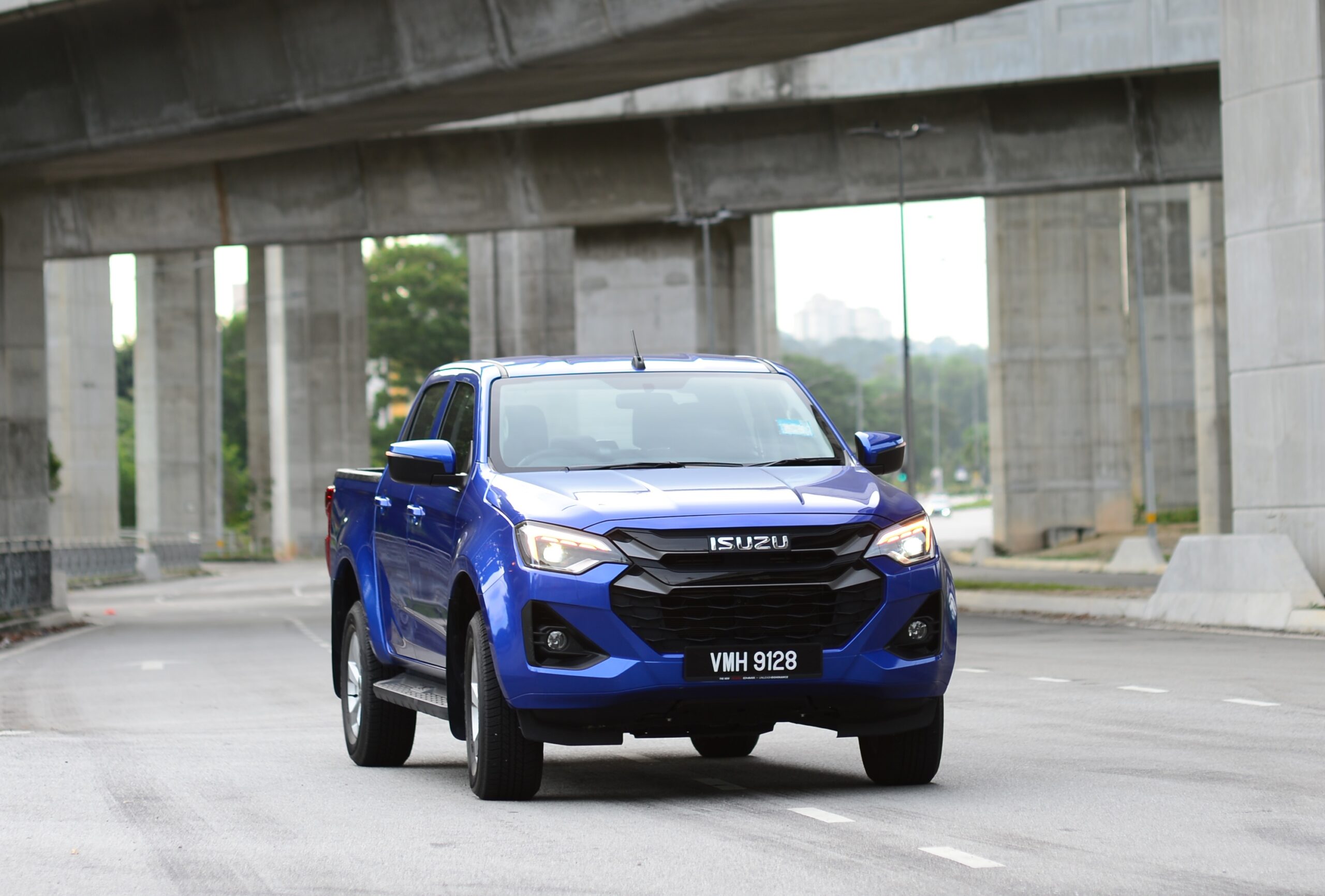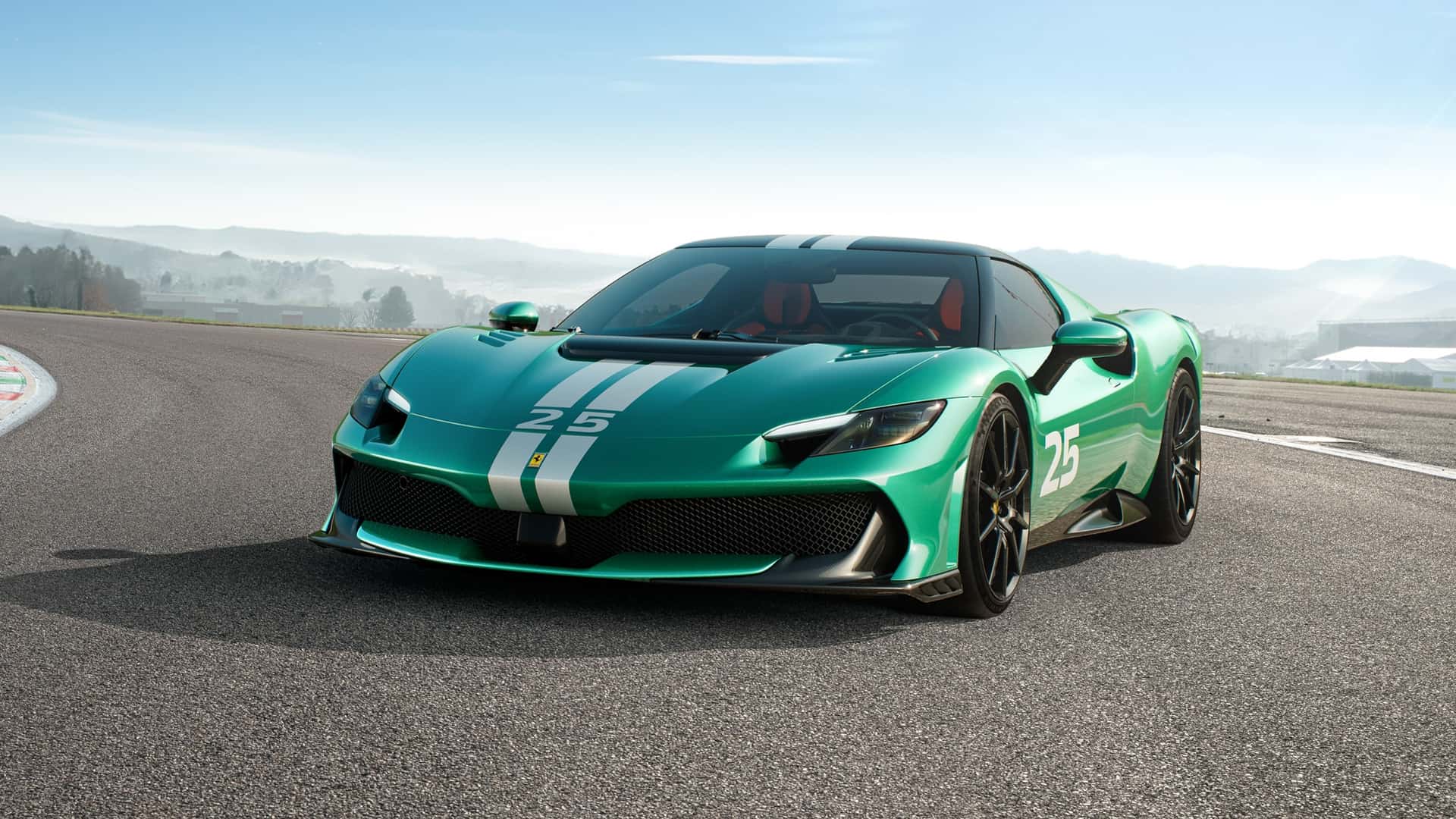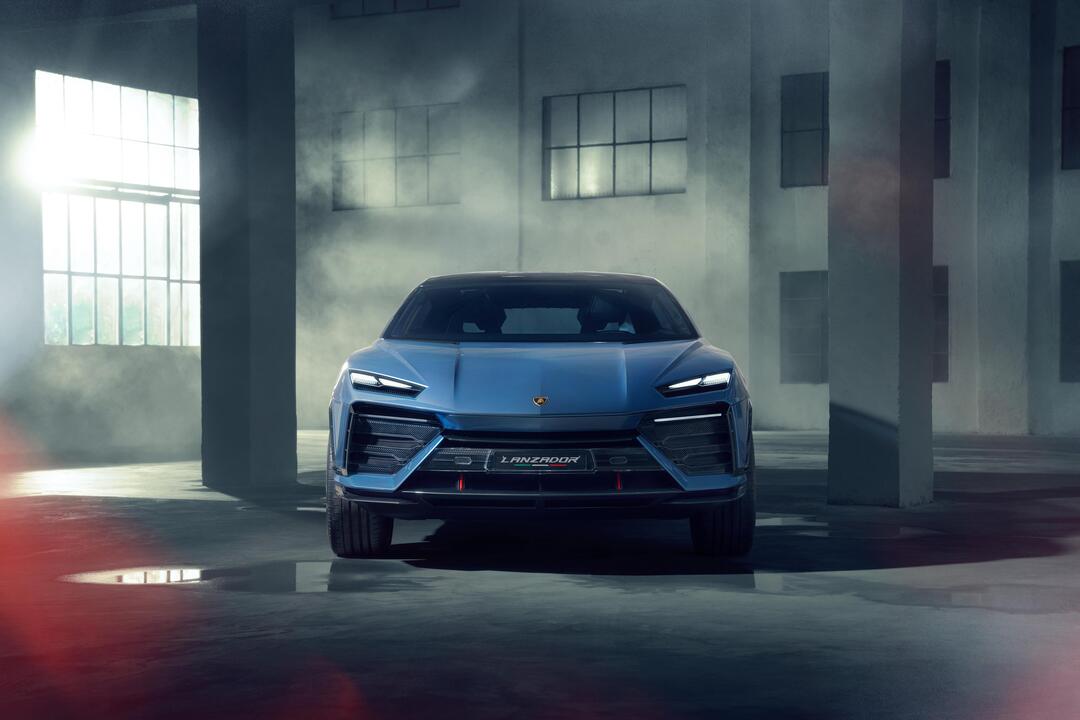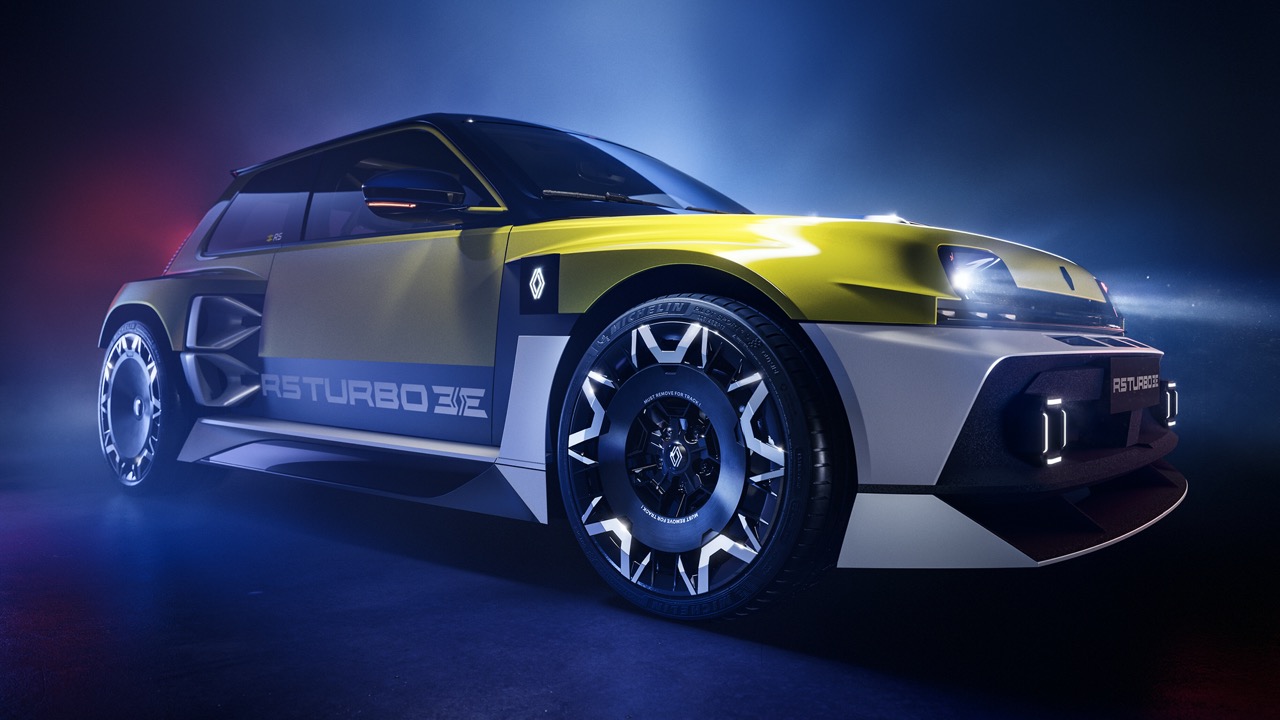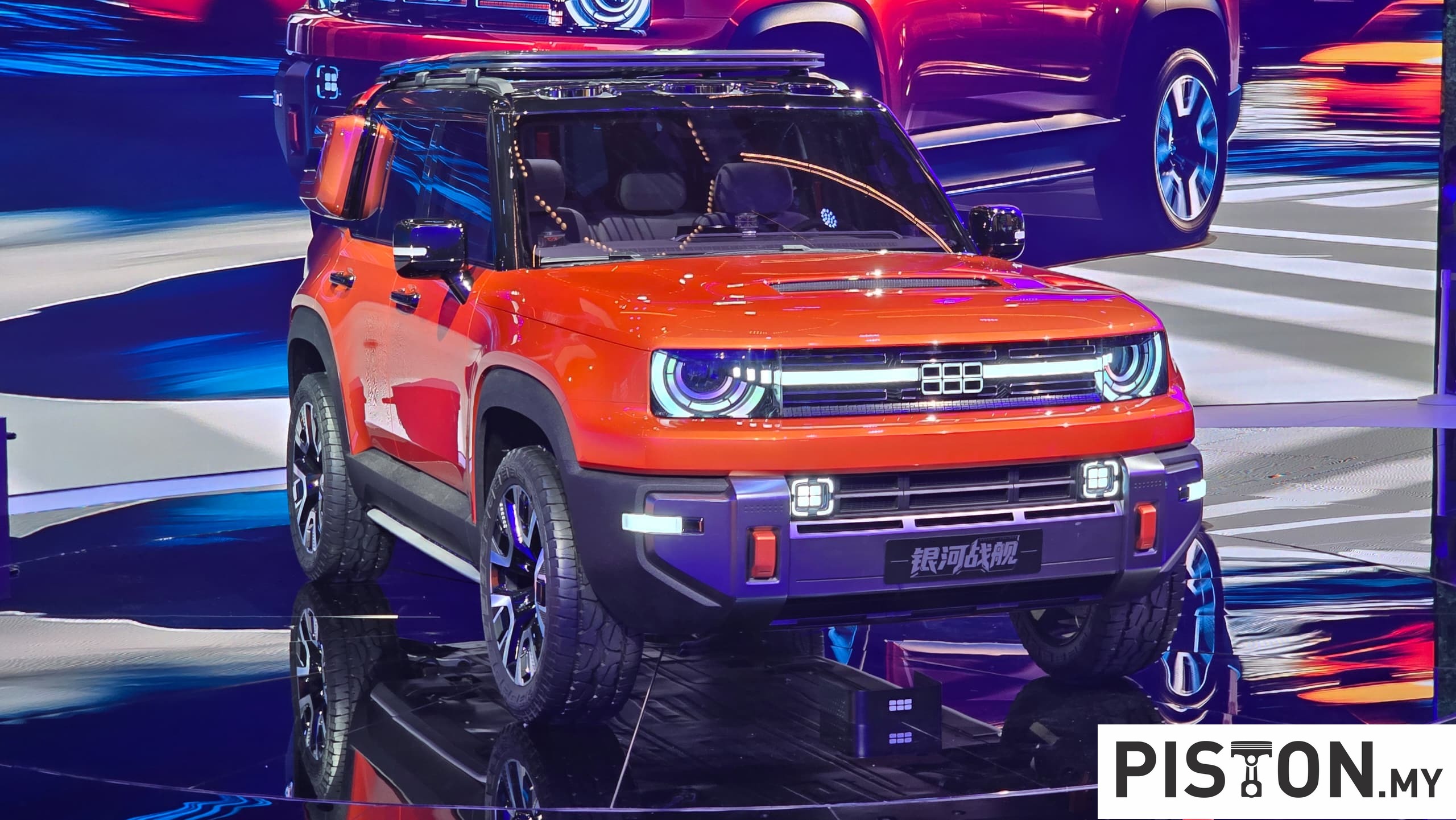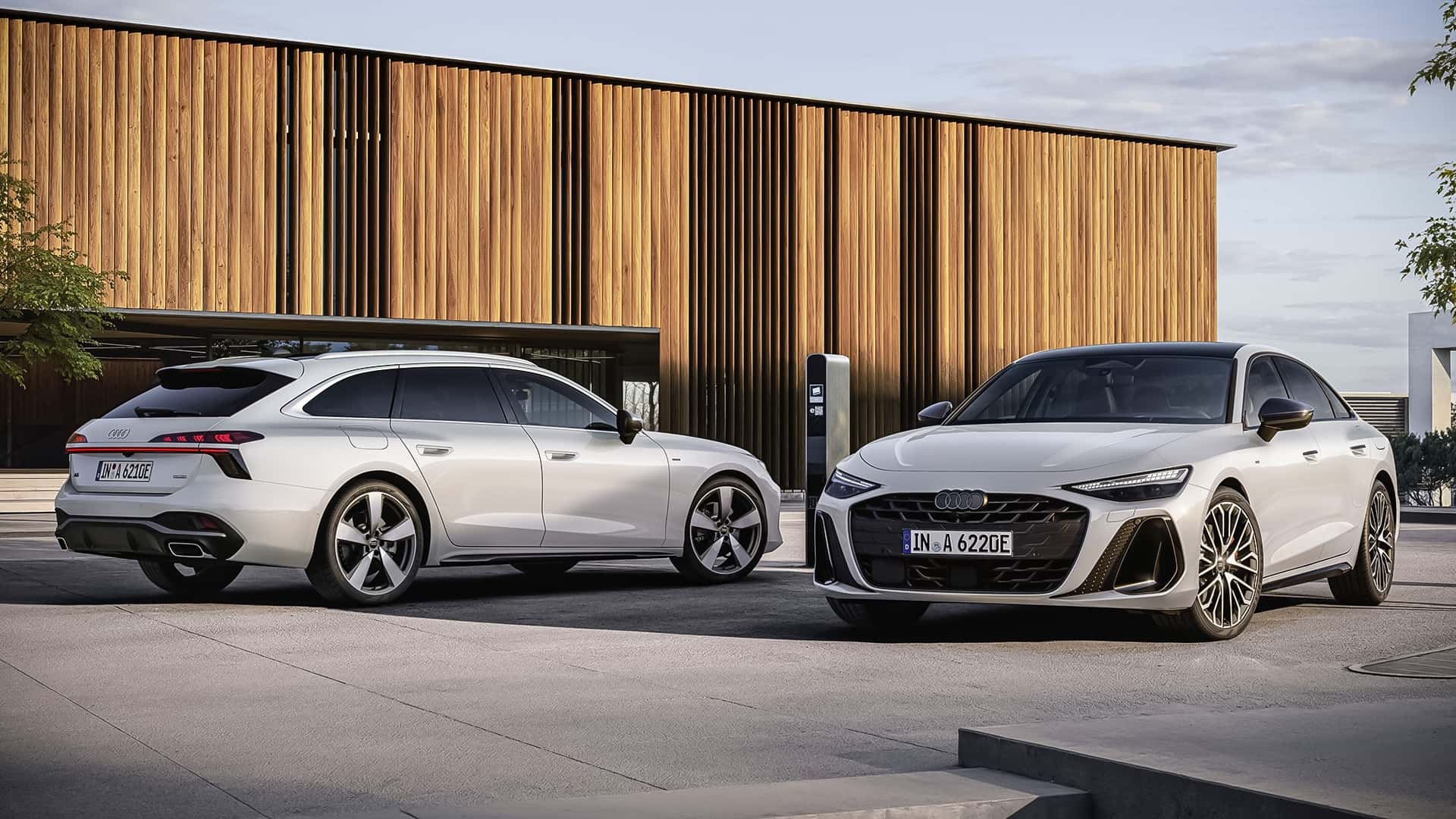Following the appointment of Bermaz Auto Alliance Sdn Bhd (BAASB) as the distributor of Peugeot vehicles in Malaysia, the range of locally assembled models has been refreshed, starting with the Peugeot 3008 and 5008 which were launched late last year.
Today, the third model from the Stellantis assembly plant in Kedah (formerly owned by the NAZA Group) was officially launched, this being the 2008 crossover SUV. The 2008 has been in Malaysia since 2014 when the first generation was launched by the previous distributors. The current second generation was launched in Europe in 2019 but due to Nasim’s sudden end to handling the French brand, it did not make its appearance as expected in 2021 (though the COVID-19 would also have upset plans).
So as it makes a fresh start with BAASB, Peugeot has a brand new model to introduce to the market with the new design language that includes a new brand logo and Lion as well. The new Peugeot logo (which has changed at least 8 times in over 200 years) has an all-new take on the iconic Peugeot lion.
Compared to the first generation, the second generation has a more striking profile with a set-back windscreen that emphasizes the streamlined and athletic design. The more horizontal bonnet sweeps back from a large grille that is flanked by the distinctive ‘3-claw’ daytime running lights that are the signature of the latest Peugeot models.
The overall design also shares elements with the 5008 and 3008, bringing to mind earlier generations of Peugeot models that had common styling elements and the only difference (at a glance) was that they were of different sizes.
In the 21st century, sharing is a necessity to spread development costs and the 2008 uses Peugeot’s CMP (Common Modular Platform) small car architecture which was originally developed with China’s Dongfeng. The platform has been used for sub-compact and compact models since 2019 and is also engineered to be suitable for electric powertrains.
Inside, the 2008 is the first Peugeot model to get the new 3D i-Cockpit technology, a world’s first. This is the next evolution of the i-Cockpit that first appeared in the 208 in 2012, giving the popular hatchback an iconic feature that would become an element in the brand’s DNA. With the i-Cockpit, key information is directly within the driver’s line of sight, reducing the need to take the eyes off the road. It’s almost like the Head-Up Display (HUD) except that it does not project information on the windscreen ahead of the driver. It is therefore not as expensive to incorporate but at the same time differs from traditional instrument panel layout and positioning.
The new 3D version’s instrument cluster, fully digital and graphic, has advanced reflections that create the impressions of 3D graphics. Depending on the importance of information presented, the indications appear ‘closer’ to the eyes of the driver. The digital cluster displays.
The cluster is composed of a high-definition 10.25-inch ‘background’ thin-film transistor (TFT) and a 7-inch ‘foreground’ TFT projected on a semi-reflective blade. The leading-edge display creates a 3D projection of approximately 15 mm between the front and rear images. This projects information like a hologram and the information is dynamic and animated. It can get closer to the eye depending on the degree of importance or urgency, and potentially increasing driver reactivity by half a second.
The other elements of the i-Cockpit are the compact steering wheel, raised instrument display, and a series of piano keys (or toggle switches) allowing direct and permanent access to the main comfort functions. There is a 3-level arrangement for efficient ergonomics and driving comfort. Like a HUD, the information falls within the driver’s line of sight so that he or she does not need to take their eyes off the road ahead, improving safety. With traditional layouts, the eyes usually have to be diverted downwards a bit to view the meters, momentarily drawing the driver’s vision away from the road.
The Allure version comes with a 7-inch touchscreen display for the infotainment system. As with many new models, it has Apple CarPlay and Android Auto for smartphone connectivity. The system also responds to voice commands and Bluetooth can be used for handsfree telephony. Premium features include Automatic Climate Control, leather upholstery, mood lighting, electronic parking brake and cruise control.
Although having compact exterior dimensions, passenger accommodation has been maximised through intelligent packaging. The driver and front passenger have 6-way seat adjustment while the rear backrest is divided in a 60:40 ratio for variable layouts.
The boot is also pretty spacious with up to 434 litres of volume which can be expanded to 1,467 litres if you don’t have anyone in the back seats. There’s also another 80 litres in a compartment hidden under the floor which would be useful for valuable items although there is a removable tonneau cover to hide the contents of the boot.
All 2008s with petrol engines use the same 1.2-litre 3-cylinder DOHC 12V turbocharged PureTech engine. This engine has been a category winner a few times in the ‘International Engine of the Year’ Awards. With direct injection, it produces 130 ps/230 Nm and is paired with a 6-speed ATS III automatic transmission from Aisin.
According to Stellantis Senior Vice-President ASEAN & General Distributors, Christophe Musy, much effort has been put into ensuring that the engine is suited to local conditions. Extensive testing has been carried out and the Peugeot people are now more aware of the fact that conditions in this region are significantly different. There is assurance that there won’t be issues like those which affected the engines in the old 308.
Although the 2008 doesn’t have a suite of active safety systems like what you find in many new models, it nevertheless has a number of the systems that you find in such suites. These include Lane-Keeping Assist, High Beam Assist, Blind Spot Monitoring, Driver Attention Warning and an Active Safety Brake. Also included as standard is a Tyre Pressure Monitoring System, which should make regular checks unnecessary.
There are also front, side and curtain airbags, along with ABS, stability control, anti-skid control and hillstart-assist. Parents with small children don’t have to break the law as they can install childseats on the ISOFIX points securely, while warnings will remind everyone to use seatbelts.
Priced from RM126,753 (without insurance and without sales tax until June 30, 2022), the 2008 comes with a choice of 4 colours and a warranty of 5 years or maximum of 100,000 kms. Customers also enjoy free scheduled servicing for the first 3 years (or maximum of 60,000 kms.
Peugeot owners in Malaysia asked to update information with new company handling the brand




